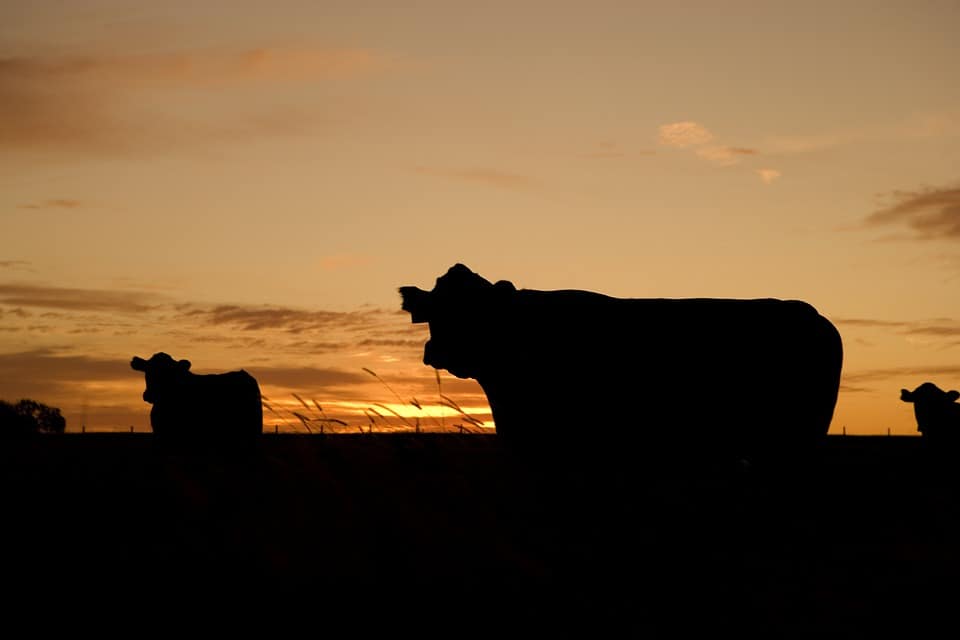Whether you’re looking to retire in the countryside, start a community supported agriculture (CSA) business, or open your own winery, a farm is a significant purchase that shouldn’t be pursued lightly. Unless you’re independently wealthy, chances are you’ll need financial help to make your dream of owning a farm a reality. Here are a few of the safest and most popular methods for financing your farm purchase.
Traditional Loan or Mortgage
The most popular method for financing an agricultural property, and the first option you should consider, is a loan from a private financial institution with experience in rural property lending. When seeking out a lender, it’s important to remember that a standard residential mortgage lender isn’t necessarily the best choice. Instead, you should work with a lender who specializes in financing rural land. This will ensure you get the best terms and that your loan doesn’t fall through due to unforeseen circumstances.
“Home mortgage lenders love to quote ‘teaser rates’ just to get a loan application and they are notorious for ‘over-promising’ what they can do with rural property. Unfortunately, I’ve seen many folks learn the hard way that farm/ranch financing is completely different from traditional home mortgage lending and that using the wrong lender can quickly blow a deal out of the water.”, said rural lending expert Joe Patterson, Vice President/Ranch Lending of Crockett National Bank, New Braunfels, Texas. To be certain that a buyer has the right kind of loan for a farm or ranch purchase, it’s important to find a lender who has the specific expertise to understand the uniqueness of rural property financing and can offer the best combination of a good product with excellent customer service.
Unlike standard residential mortgages, agricultural mortgages are designed for rural properties whose value is largely tied to the land so the interest rates, down payment requirements, and loan terms offered by farm/ranch lenders will be different than those offered for home mortgages. But when compared to the stress, hassle, and excessive paperwork of the typical home loan process, a well-structured rural property loan from a farm/ranch lending expert is almost always a simpler and faster process.
Water is the single most important factor in running a successful farm, and water rights law is very complex. An agricultural real estate professional can explain the particulars of water, wind, and mineral rights for a given property. If you’re purchasing an undeveloped plot of land, it’s crucial that you carefully investigate local zoning ordinances to ensure that you can use a property as you see fit. Finally, many rural properties have easements for road, power, or irrigation access, which means that others can access your property. An experienced agent can explain these easements and what, if any, responsibilities they require from you.
Farm Service Agency (FSA)
The US Department of Agriculture offers down payment assistance programs for agricultural property buyers. Known as Farm Service Agency (FSA) Direct Farm Ownership Loans, these are generally reserved for beginning farmers who are having trouble securing a private loan. The program loans farm buyers up to 40% of the down payment on a purchase of a farm. In addition to direct loans, FSA also provides loan guarantees, which enable a buyer to secure a traditional loan by guaranteeing it against loss up to 90 percent in most cases.
Farm Credit System (FCS)
The Farm Credit System is a national network of local and regional borrower-owned lending institutions primarily geared toward farm buyers and operators under the age of 35, with 10 or fewer years of experience. FCS institutions operate similarly to private banks: applicants can receive agricultural property ownership, operating, and equipment loans. Many FCS organizations also offer additional programs, such as business consulting, crop insurance, tax services, and financial record-keeping assistance.
Veterans Land Loan Program (VLB)
The VLB offers Texas Veterans exclusive financing towards the purchase of land in Texas. Bonds used to fund the program are retired from loan repayments and the cost of administering the program is financed through a small fee charged on each loan. To qualify for a VLB loan, the land must be in Texas, be at least 1 acre, have legal, useable access to a public road, not be zoned strictly for commercial use, not have been previously owned by you or a spouse in the last 3 years. The maximum loan amount is $125,000 towards buying land with a minimum down payment of 5% and fixed-rate-30-year loan term.
Other Financing Avenues
If the above financing sources aren’t enough, there are other avenues for raising the funds necessary to purchase and start a farm. From local and national nonprofits like ShadeFund, to crowdsourcing platforms like Indiegogo and Fundable, aspiring farm and ranch owners have a variety of emerging options for filling the resource gaps in their plans.


